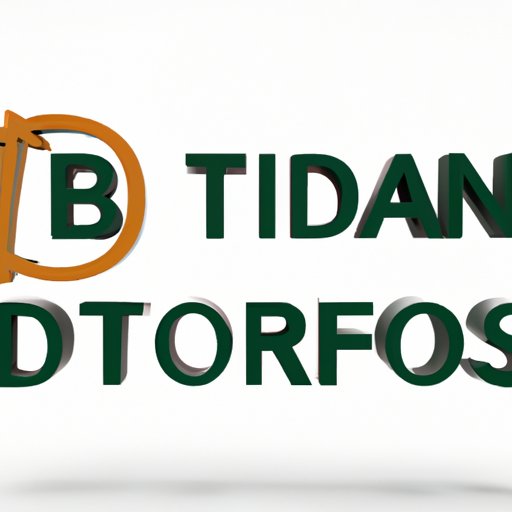
Introduction
Are you looking for a safe and secure investment option that offers a predictable return? Look no further than IBonds, a type of bond issued by the United States Treasury. IBonds are unique because they offer a fixed rate of return that adjusts for inflation, making them a popular choice for investors who are concerned about rising inflation rates. In this article, we will provide a step-by-step guide for purchasing IBonds, compare IBonds to other types of bonds, and detail the advantages of IBonds for specific types of investors.
Step-by-Step Guide
The first step in purchasing IBonds is to open a TreasuryDirect account. You can do this by visiting the TreasuryDirect website and following the instructions to set up your account. Once your account is set up, you can log in and select the “BuyDirect” option to purchase IBonds.
When purchasing IBonds, you will need to select the type of bond you wish to purchase. There are two types of IBonds: fixed-rate and inflation rate. Fixed-rate IBonds offer a fixed interest rate that remains the same throughout the life of the bond, whereas inflation rate IBonds offer an interest rate that adjusts for inflation.
When selecting the type of bond, you will also need to decide how much you wish to invest. The minimum investment for IBonds is $25, with a maximum investment of $10,000 per year.
After making your selections, you will need to pay for your purchase. This can be done by linking your TreasuryDirect account to your bank account or by using a tax refund or paper check.
Comparing IBonds to Other Bonds
IBonds have several advantages over other types of bonds, such as corporate bonds and municipal bonds. Firstly, IBonds are issued by the US government, making them a safe and secure investment option. Secondly, IBonds offer a fixed rate of return that adjusts for inflation, offering investors protection against rising inflation rates.
In contrast, corporate bonds are issued by companies, which can be riskier than government-issued bonds. Corporate bonds offer a higher rate of return, but there is also a higher risk of default. Municipal bonds, on the other hand, are issued by state and local governments. While they are generally considered safe, they offer a lower rate of return than IBonds.
IBonds for Specific Investors
IBonds are a good choice for certain types of investors. For young people just starting out, IBonds offer a low-risk, low-cost investment option that can be used to start building a diversified portfolio. For risk-averse investors, IBonds offer a safe and secure investment option that provides a predictable return. And for investors who are looking to diversify their portfolio, IBonds can be a good addition to a mix of stocks and bonds.
Current Interest Rates and Trends
Interest rates for IBonds are determined based on a combination of fixed and inflation rates. The fixed rate remains the same throughout the lifetime of the bond, while the inflation rate adjusts every six months based on the Consumer Price Index.
As of May 2021, the fixed rate for IBonds is 0.0%, while the inflation rate is 3.54%. This means that the total interest rate for IBonds purchased during this time is 3.54%.
It’s important to note that interest rates for IBonds can change every six months, so it’s important to stay informed of any changes or trends to make informed investment decisions.
Real-World Examples
To illustrate the impact of interest rates on IBonds, let’s take a look at a real-world example.
An investor purchased $10,000 worth of inflation rate IBonds in May 2020. The fixed rate for the bond was 0.0%, while the inflation rate was 1.06%. By November 2020, the inflation rate had increased to 1.68%. This means that the total interest rate for the bond had increased to 1.68%.
The investor continued to hold onto the bond for another six months. By May 2021, the inflation rate had increased to 3.54%. This means that the total interest rate for the bond had also increased to 3.54%.
By holding onto the bond for a year, the investor was able to earn a total return of 3.54% on their investment.
Conclusion
IBonds are a safe and secure investment option that offer a predictable return for investors. By following the step-by-step guide outlined in this article, investors can easily purchase IBonds through TreasuryDirect. IBonds offer several advantages over other types of bonds, making them a popular choice for certain types of investors. With the right knowledge, investors can use IBonds to diversify their portfolio and secure their financial future.




